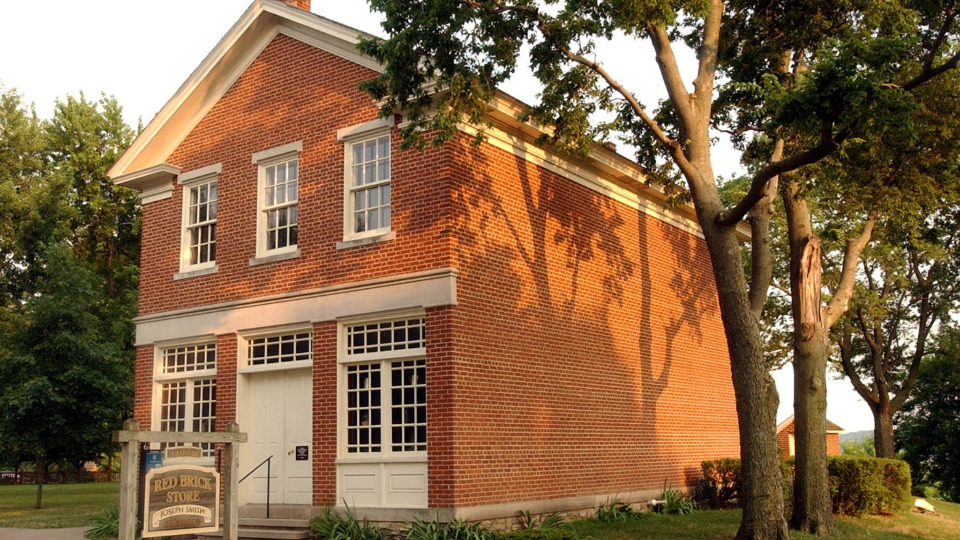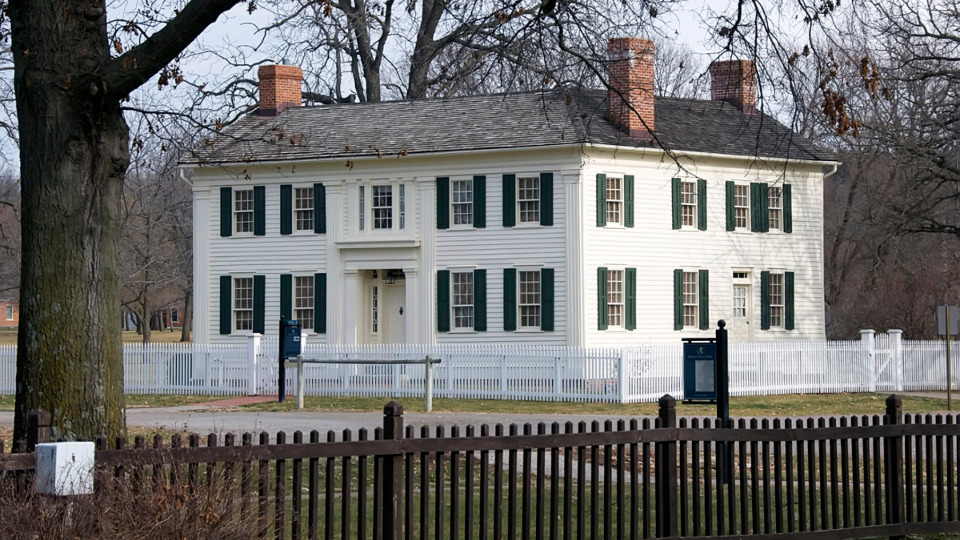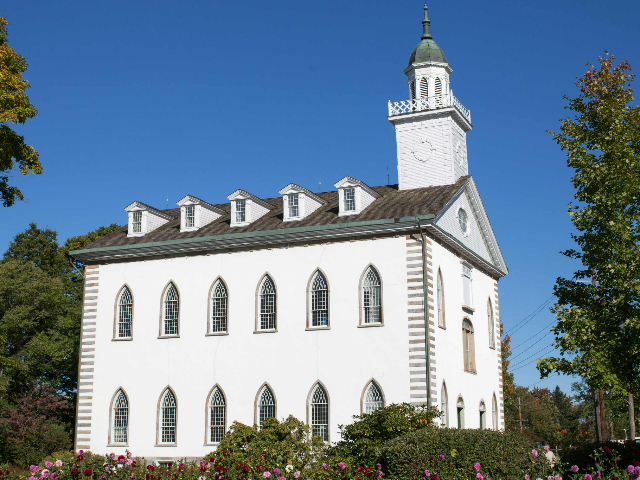
Nauvoo
The Red Brick Store in historic Nauvoo, Illinois. Photo by Jeffrey Allred, courtesy of Church News. Copyright 2023 Deseret News Publishing Company.This story appears here courtesy of TheChurchNews.com. It is not for use by other media.
By Sarah Jane Weaver, Church News
The Church of Jesus Christ of Latter-day Saints has purchased the Kirtland Temple — the first temple built in this dispensation — in addition to several significant buildings in Nauvoo, Illinois, from the Community of Christ church, leaders of both faiths announced Tuesday, March 5.
The most significant properties are:
- Kirtland Temple.
- Smith Family Homestead.
- Mansion House.
- Nauvoo House.
- Red Brick Store.

Nauvoo
The Mansion House in Nauvoo, Illinois, in 2013. It's one of the places were Joseph and Emma Smith lived. Photo by Kenneth Mays, courtesy of Church News.All rights reserved.Following Is a Timeline of the Church in Nauvoo:
February 1839: Latter-day Saints evacuate Missouri; most go to Illinois.
May 1839: Joseph and Emma Smith family move to a log home in Commerce (later named Nauvoo), Illinois.
April 30, 1839: The Church begins purchasing land for its members in Commerce (later Nauvoo), Illinois.
August 8, 1839: John Taylor and Wilford Woodruff departs Illinois for the British Isles, the first of the Quorum of the Twelve to serve missions from Nauvoo abroad. Brigham Young and Heber C. Kimball followed in September 1839.
April 21, 1840: The United States postmaster general officially changes the name of the Commerce, Illinois, post office to Nauvoo, Illinois.
August 15, 1840: During the funeral of Seymour Brunson in Nauvoo, Illinois, Joseph Smith introduces the doctrine of proxy baptism for the dead.
January 19, 1841: Revelation given to Joseph Smith, recorded in Doctrine and Covenants 124, designates Nauvoo a “cornerstone of Zion” and directs the construction of a temple and the Nauvoo House.
March 1841: Revelation given through Joseph Smith, recorded in Doctrine and Covenants 125, concerns the Saints gathering in Iowa Territory.
July 9, 1841: Revelation given through Joseph Smith, recorded in Doctrine and Covenants 126, advises Brigham Young that he is no longer required to travel extensively and admonishes him to remain with his family.
March 1, 1842: Joseph Smith’s account of Church history and a summary of foundational beliefs — previously sent to Chicago newspaper editor John Wentworth — is published in the Nauvoo Times and Seasons. It is the source for the Articles of Faith.
March 17, 1842: In the Red Brick Store, Joseph Smith organizes the Relief Society, with Emma Smith as its first president.
May 4, 1842: Joseph Smith presents the temple endowment to Hyrum Smith, Brigham Young and others in the upper room of the Nauvoo mercantile store.
September 1 and 6, 1842: In Doctrine and Covenants 127 and 128, Joseph Smith records directions on baptism for the dead.
February 9, 1843: Instructions, recorded in Doctrine and Covenants 129, given by Joseph Smith, gives instructions, making known three grand keys by which the correct nature of ministering angels and spirits may be distinguished.
July 12, 1843: Revelation, recorded in Doctrine and Covenants 132, given through Joseph Smith, relates to the new and everlasting covenant.
March 11, 1844: Joseph Smith presides at a meeting organizing the Council of Fifty, a Church body intended to establish the kingdom of God on the earth “to govern men in civil matters.”
June 24, 1844: Joseph Smith leaves Nauvoo to face charges at Carthage, Illinois. Hyrum Smith and others accompany him. They are taken prisoner and held in the Carthage jail.
June 27, 1844: The Prophet Joseph Smith and Hyrum Smith are martyred at Carthage Jail
Source: history.ChurchofJesusChrist.org
